I take the challenge of avoiding collisions at sea seriously. Ships, from massive cargo carriers to smaller fishing boats, all share the responsibility of sailing safely. Two of the most recognized tools for collision avoidance are the Automatic Identification System (AIS) and marine radar. Both play a big role in modern navigation, but each works in its own way and comes with its own benefits and limits.
Understanding how AIS and radar compare, how they fit into ship operations, and the ways they work together can help anyone interested in maritime safety—from boat owners to professional mariners. I want to break down how each system works, their pros and cons, and how they contribute to collision prevention. I’ll call out where one tool might work best and how AIS and radar can be used together for safer navigation.
AIS and Radar: Basic Overview
What is AIS (Automatic Identification System)?
The Automatic Identification System, or AIS, is a system ships use to automatically broadcast details like their name, position, speed, course, and other data over VHF radio frequencies. I see this digital information show up on an electronic chart, AIS display, or integrated bridge system. Other vessels nearby receive these transmissions, and so do shore stations and satellites.
Key things an AIS transponder shares include:
- Vessel name and type
- Call sign and Maritime Mobile Service Identity (MMSI) number
- Position, speed, and course, updated every few seconds
- Cargo details for larger ships
AIS is not just for commercial ships. Many yachts and fishing boats also choose to install it for better visibility and safety.
What is Marine Radar?
Marine radar uses radio waves to detect the presence and position of other objects, especially ships, coastlines, and navigational hazards. Radar works by sending out pulses, which bounce off objects and return to the radar antenna. The system calculates the distance and bearing of targets by measuring how long the signal takes to return.
With radar, I can see objects—even in fog or darkness—that reflect radio waves. Unlike AIS, radar does not rely on other vessels having any equipment. Any object that can reflect a signal will show up on the display.
Who Uses AIS and Radar?
- Commercial Ships: Required to carry both AIS and radar under international law
- Fishing Vessels: Often use both systems for collision avoidance and tracking others
- Recreational Boaters: Increasingly install AIS transceivers or at least receivers to boost safety
- Coast Guard and Port Authorities: Rely on both systems for monitoring and vessel traffic management
Pros & Cons: AIS vs Radar Collision Avoidance
Benefits of AIS for Collision Avoidance
- Provides ship identity: I can quickly identify vessels by name or MMSI, which helps with radio communications and decision-making.
- Shows vessel course and speed: AIS supplies up-to-date heading, speed, and navigation status for each ship equipped with a transponder.
- Longer detection ranges: AIS signals can be picked up over many nautical miles, sometimes up to 40 or 50 miles on VHF and hundreds of miles via satellites.
- Works in all conditions: Since AIS is based on radio data broadcast, it isn’t affected by visibility. Whether it’s foggy, dark, or a clear day, the system keeps sharing information.
- Supports collision alert systems: AIS can link with Electronic Chart Display and Information Systems (ECDIS) for automatic closest point of approach (CPA) and time to CPA (TCPA) warnings. Having these warnings pop up helps crews react promptly.
Drawbacks of AIS
- Not all vessels have AIS: Smaller boats are not required to carry it, so they might not appear on AIS displays.
- Vulnerable to spoofing or errors: Incorrectly entered information, interference, or malicious behavior can make AIS data less reliable.
- Doesn’t detect land or objects: AIS only shows equipped vessels, not buoys, debris, or coastlines.
- Dependence on software and updates: If the onboard equipment is outdated or not maintained, the accuracy of AIS information drops quickly.
Benefits of Radar for Collision Avoidance
- Works with any reflective object: Radar detects ships, land, buoys, and floating debris; anything that can bounce back a radar signal appears on the screen.
- Reliable in poor visibility: Rain, fog, and darkness do not stop radar from picking up targets as long as they are above the waterline and not too small.
- No need for target cooperation: Target ships do not have to carry any technology. If they are on the water and reflect radio energy, the radar will see them.
- Supports collision predictions: Radar systems can calculate CPA and TCPA, especially on more modern ships equipped with ARPA (Automatic Radar Plotting Aid).
- Well suited for coastal navigation: Radar can outline shorelines and nearby land much more reliably than AIS. This helps when closing in on land or negotiating complex harbors.
Drawbacks of Radar
- Clutter and interference: Heavy rain or sea clutter can mask targets or create false echoes, making judgment trickier.
- Can’t always identify vessels: Unless a target is labeled by AIS-CD or visually confirmed, I won’t know its name or type by radar alone.
- Blind sectors and shadowing: Masts or nearby structures can block parts of the radar’s beam. This creates portions where objects won’t appear unless repositioned.
- Needs skill to interpret: Radar takes practice. Understanding which blips are real and reading the screen safely requires experience. Misinterpreting echoes might lead to the wrong actions in a tight spot.
- Requires regular calibration: Without periodic checks and tune-ups, the radar might lose accuracy over time.
Direct Comparison: AIS vs Radar Systems
- Detection: Radar spots anything that reflects, while AIS only picks up equipped vessels. So, radar sees floating logs, islands, and stone jetties in addition to other boats, giving a fuller picture of what’s out there.
- Identification: AIS provides vessel identity and details. Radar does not unless combined with AIS overlays or cross-checked with binoculars or information from traffic channels.
- Range: AIS often has a longer range for direct line-of-sight signals, but radar typically detects larger ships up to 24 to 96 nautical miles, depending on power and antenna height.
- Weather Effect: AIS is unaffected by weather, while radar can be limited in heavy rain or when waves are high. Poor weather can degrade radar’s performance, especially close to the ship.
- Privacy and Security: Radar is passive; it only listens for echoes and does not reveal your position. AIS actively broadcasts your position, making privacy harder to maintain. Sometimes, this can be an issue for vessels that prefer to keep low profiles.
How Each System Supports Collision Avoidance
Collision Avoidance Using AIS
When I use AIS for collision prevention, I can instantly see which vessels are nearby on my chart plotter or special display. Most systems can draw lines between my ship and others, highlighting possible crossing or meeting situations. Many systems can show warnings for ships that are on a potential collision course, measured by CPA and TCPA. If I spot a situation developing, I have time to call the other ship by name or MMSI to coordinate maneuvers. This step can be life-saving in crowded approaches and offers a chance to resolve confusion before it gets dangerous.
This is especially helpful when approaching busy harbors or in poor visibility. AIS history also allows tracking of ship movements for later review, which contributes to investigations or voyage planning. It’s a huge boost for managing complex ship traffic without depending solely on eyesight or radar skills.
Radar Collision Avoidance Techniques
Radar allows me to see and track multiple targets, adjusting the range for close or distant threats. I usually track moving targets with ARPA, which keeps a running calculation on their speed and direction. Even if ships do not have AIS, I can see them and act early. Radar shows all hazards: from land to floating containers to rain squalls. This means the system can prevent more than just ship-to-ship incidents—a critical advantage in busy waters or when unexpected debris is in the path.
To avoid a collision using radar, I follow established protocols by plotting course lines, watching for changes, and acting according to COLREGs (International Regulations for Preventing Collisions at Sea). All crew are encouraged to get familiar with radar so they can immediately recognize risks and respond without hesitating.
Integration of AIS and Radar for Maximum Safety
The best approach I’ve seen is using AIS and radar together. Most modern bridge systems and chartplotters combine both types of data right on one screen, making sure nothing slips through the cracks. With both, I can:
- Cross-check an unknown radar echo by seeing if an AIS target is in the same spot
- Track down non-AIS targets (like small boats) using radar alone
- Verify target identity and direction using AIS text data
- Reduce the risk of mistakes or false alarms by comparing data from both sources—inconsistent info gets caught more easily
Integration means better awareness in all conditions, faster decisions, and added peace of mind. Many systems allow automatic alerts or even tracking of both AIS and radar contacts in busy waters. Some chartplotters overlay radar and AIS symbols right on the navigation chart, painting a super detailed image of what’s nearby and which targets demand immediate focus.
Limits and Extra Considerations for Collision Prevention
Limitations of AIS
- Smaller vessels are not always visible
- Signals can be blocked by high hills or buildings near coastlines, making the system less reliable in tricky geography
- Transmitted data can be outdated if a ship’s crew fails to update its course or speed
- Delays in data relay over satellites might mean you react to out-of-date information
Limits of Radar
- Small targets like kayaks or floating logs may not appear clearly
- Radars need regular tuning and maintenance for best performance
- Nearby objects or masts can create shadow zones that make some hazards invisible until you change direction
Other Methods of Ship Collision Avoidance
- Visual lookout: Staying alert and keeping a continuous watch on deck is super important, especially in crowded waters; having multiple lookout points on large ships adds a layer of security
- Sound and lights: Horn or bell signals, navigation lights, and shapes help keep intentions clear; fog horns and flashing patterns can signal emergencies in low visibility
- Communication: VHF radio calls using the vessel’s name or call sign for direct coordination; regular radio checks boost reliability in busy shipping lanes
- Paper charts and parallel indexing for visualizing planned movement and spotting deviations as they happen
- E-navigation utilities: New digital aids can combine information from radar, AIS, GPS, and visual tools, making a single command center for all situational awareness
Which is Better; AIS or Radar?
Both AIS and radar have strengths and weaknesses. I find AIS provides a lot of useful information quickly, helps coordinate with other ships, and works even if I can’t see the other vessel. Radar doesn’t care what technology other ships have; it always shows targets and land around your vessel.
If I had to pick only one for a busy commercial route, radar would often be the backup I rely on when AIS isn’t available or other ships aren’t transmitting. For more crowded or complex harbors, AIS makes traffic management and communication much easier. On a recreational boat, adding AIS is a smart way to boost visibility, but radar covers more types of obstacles, including those with no technology onboard.
Ultimately, combining both creates multiple safety nets—each filling in gaps left by the other. Regular drills, technology checks, and training make the difference between just having equipment and using it well.
User Feedback and Industry Experience
- Professional mariners: Rely on radar first but value AIS for extra details and decision-making. They say that bridges with both systems are best prepared for anything, from heavy fog to sudden changes in shipping density.
- Recreational sailors: Often praise AIS for the sense of security it provides and the ability to see and contact large ships, especially on night crossings. Knowing who’s approaching takes a lot of the unknown out of navigation.
- Port operations: AIS is now standard for traffic management, but radar is still needed for complete situational awareness. Port vessels stuck in shadow zones or areas with a lot of equipment rely on radar to fill in the blanks.
- Some smaller vessels are moving toward app-based AIS receivers for coastal cruising, making ship info accessible on tablets and smartphones. The industry expects this combo of simple receivers and advanced radars to spread quickly, even on noncommercial vessels.
Many shipping companies require both systems to be operational. Regulatory bodies like the International Maritime Organization and SOLAS (Safety of Life at Sea) conventions set minimum standards for both AIS and radar on specific vessel sizes. More info is available at the IMO’s official website.
How to Choose the Right Collision Avoidance System
- Commercial ships: Need both systems, as regulations require them and the price of failure is too high
- Fishing boats and workboats: Often benefit from both, but may prioritize radar if operating around unmarked floating gear
- Recreational boats: If cost is a concern, an AIS receiver is a great entry point, but a compact radar system adds another layer of safety and fills in blind spots—especially at night or in fog
- Coastal ferries and river boats: Often require high-definition radar for short-range navigation, with AIS boosting awareness of bigger ships arriving or departing nearby harbors
- Offshore supply vessels: Typically run dual radar and full-featured AIS to keep tabs on rigs, floating gear, and other vessels moving unpredictably
Careful research helps buyers make informed decisions. Consider the waters you operate in, the types of vessels around, and your typical weather conditions. Make sure to factor in ongoing maintenance, training for the crew, and clear operational guidelines to keep these tools working their best.
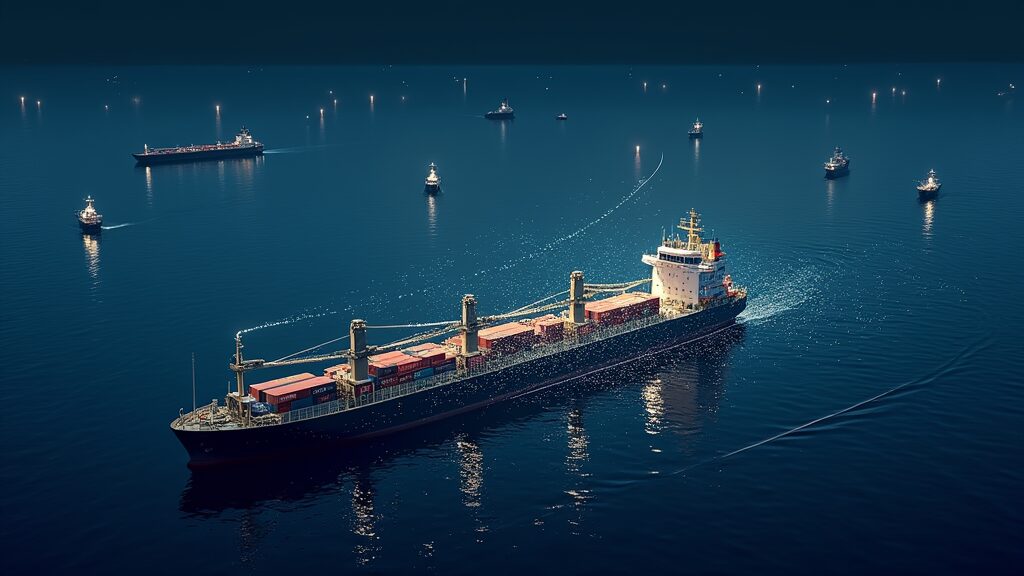
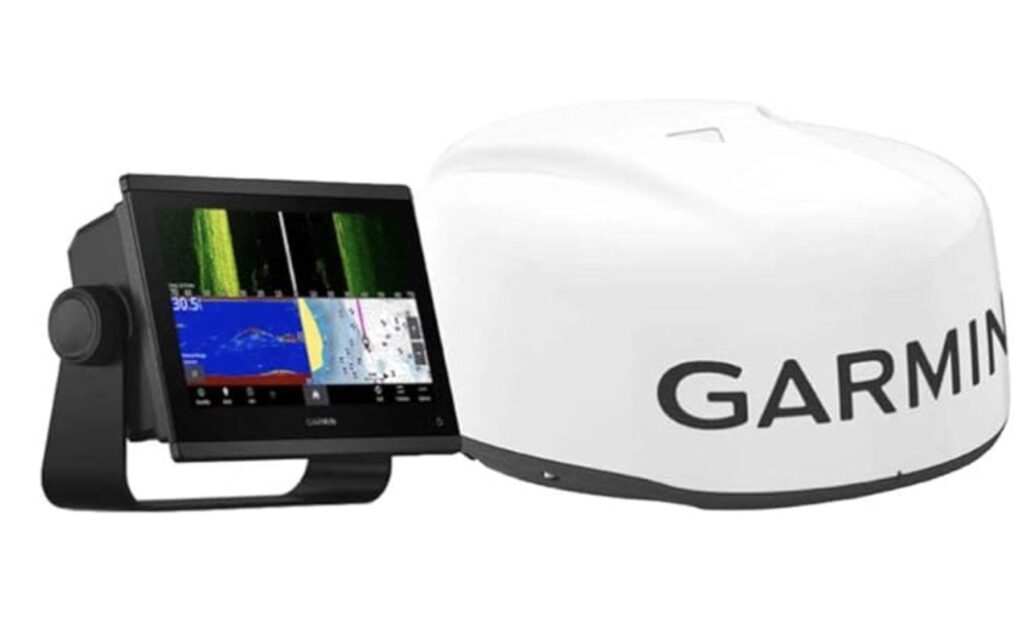
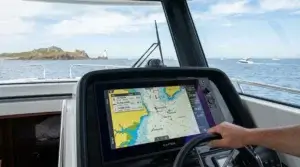
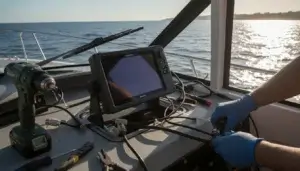
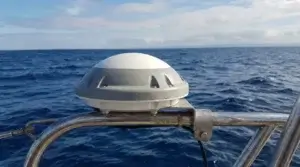
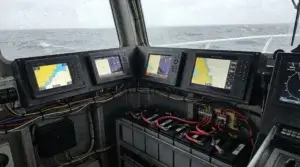

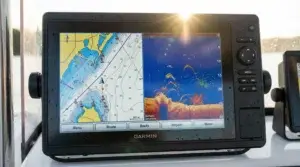


This is an absolutely fantastic and incredibly insightful article!
Thank you so much for breaking down AIS and Radar systems so clearly.
I now have a much better understanding of how ships navigate safely and avoid collisions at sea. It’s fascinating to learn about the distinct roles each system plays.
Knowing about these sophisticated technologies and how they complement each other makes me feel so much more secure and confident about safety whenever I’m on board a cruise ship.
It’s clear I’m in safe hands thanks to these systems and the skilled crews who use them.
Really brilliant explanation – thank you for sharing your knowledge!
Thank you so much for your kind words! I’m really glad to hear that the article helped clarify how AIS and Radar systems work together to enhance maritime safety. It’s always rewarding to know that the information has made you feel more informed and confident when at sea. These technologies truly are fascinating, and the crews who operate them do an incredible job keeping everyone safe. I appreciate you taking the time to share your thoughts – it means a lot!
Interesting read.
My reference to Navigation is from my time in Naval Aviation. I looked up to see how similar AIS was with TACAN, which dates me. Although they both use the transponder system and do all the ID data it’s not quite the same. Aircraft now use the ADS-B system, which is very similar. And I learned something. Being a Transponder System it makes sense that won’t detect anything, it just transmits and responds. Which is where the RADAR comes in.
After the ship hit the bridge in DC I was curious about how they went about with their Navigation and Identification, now I know. Thanks
Great article!.
Thank you for sharing that perspective—fascinating to hear about your experience in Naval Aviation! You’re absolutely right about the differences between AIS, TACAN, and ADS-B. Each system has evolved with its own role and limitations, and it’s interesting how they all rely on transponder principles yet serve such different environments. The point about AIS not being a detection system but a communication tool is often overlooked, so I’m glad that stood out. The incident in DC certainly raised a lot of questions around maritime navigation and awareness—appreciate you diving deeper into it. Thanks again for the kind words!